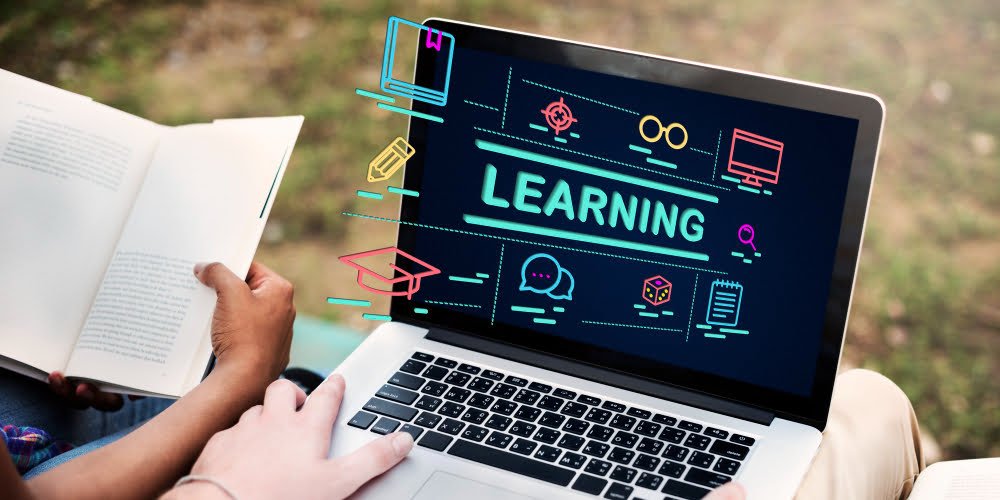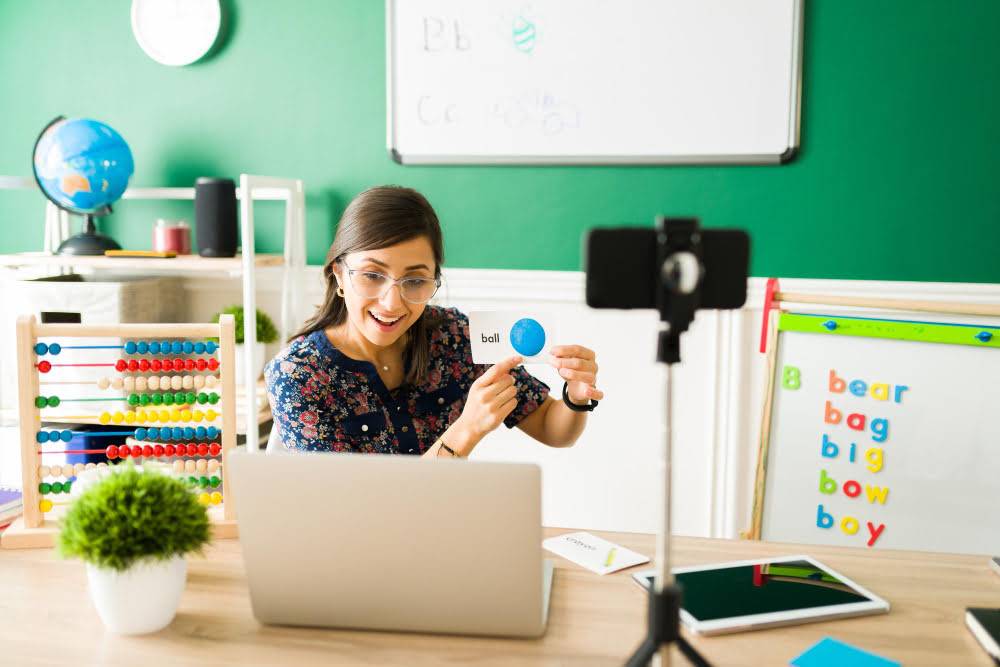What is a Virtual Classroom?
In recent years, the sector of schooling has witnessed a huge transformation with the upward thrust of technology. One of the groundbreaking traits in this realm is the arrival of digital lecture rooms. As the name indicates, a digital classroom is a virtual getting-to-know environment that permits college students and teachers to interact and engage in real-time, simulating the experience of a bodily lecture room through online gear and systems. This is the Introduction of What is a Virtual Classroom?
The Concept of a Virtual Classroom
A virtual classroom brings college students and teachers from special locations, transcending geographical boundaries. It allows seamless verbal exchange and collaboration, making it a popular preference for remote studying, distance training, and even blended knowledge of environments. The idea of a digital study room revolves around creating a dynamic, interactive, and immersive studying enjoy, with the number one intention of improving instructional effects.
How Does a Virtual Classroom Work?
In a virtual classroom, the trainer conducts stay instructions on the usage of internet conferencing equipment or specialized virtual school room software. Students can log in from their gadgets, inclusive of laptops, capsules, or smartphones, and take part in the magnificence in actual time. The digital school room setup generally consists of capabilities like video conferencing, live chat, interactive whiteboards, display sharing, and breakout rooms for organization sports. This technology enables students and instructors to engage in discussions, share sources, work on assignments, and conduct assessments without being bodily gifts in the equal area.
Benefits of Virtual Classrooms
1. Flexibility and Accessibility
The hallmark of virtual classrooms lies in their unparalleled flexibility, empowering students to access classes and resources from any corner of the globe with a simple internet connection. This flexibility is a boon for individuals juggling diverse schedules, providing them the autonomy to learn at their own pace.
2. Cost-Effective
Virtual classrooms usher in cost-effectiveness by minimizing the need for physical infrastructure, commuting, and printed materials. This translates into significant savings for both educational institutions and learners, making quality education more economically viable.
Read More: Advantages and Disadvantages of Virtual Classroom
3. Personalized Learning
The adaptability of virtual classrooms fosters personalized learning experiences, offering individualized attention and adaptive learning tools. This tailored approach caters to the unique needs and learning styles of each student, enhancing the overall educational experience.
4. Global Reach
Breaking down geographical barriers, virtual classrooms create a global learning community where students and educators from different corners of the world can connect and share knowledge. This global reach enriches the educational experience by providing diverse perspectives.
5. Enhanced Engagement
Virtual classrooms leverage interactive features to maintain high levels of student engagement. These dynamic elements encourage active participation, ensuring better retention of information and a more immersive learning environment.
6. Real-Time Collaboration
The collaborative nature of virtual classrooms facilitates real-time group discussions, projects, and peer learning. This fosters a sense of community among students, despite physical distances, enhancing the overall learning experience.
7. Recorded Sessions
Many virtual platforms offer the valuable feature of recording live sessions. This functionality enables students to revisit classes, reinforcing their understanding of complex subjects and promoting continuous learning.
8. Instant Feedback and Assessment
Virtual classrooms provide a platform for immediate feedback and assessment. Instructors can gauge students’ understanding and address doubts promptly, creating a more responsive and dynamic learning environment.
9. Innovative Teaching Tools
Educators can harness a vast array of multimedia and interactive teaching tools within virtual classrooms. This arsenal of innovative resources allows for the creation of engaging and impactful learning experiences, making education more enjoyable and effective.
Read More: 10 Dynamic Benefits of Traditional Classroom Learning
Challenges and Solutions
While Virtual classrooms provide several blessings, they also come with their own set of demanding situations. Technical troubles, internet connectivity troubles, and the want for virtual literacy are some unusual boundaries. However, with proper schooling and aid, these challenges may be conquered, permitting students and teachers to make the most of digital mastering environments.

Conclusion
A virtual classroom signifies a revolutionary transformation in the educational landscape, providing empowerment to both learners and educators. The unparalleled blend of flexibility, accessibility, and interactivity within digital classrooms positions them as indispensable tools in modern education. As technology progresses, the promise of virtual classrooms to influence the future of learning remains significant, offering inventive and robust learning solutions for students globally.

